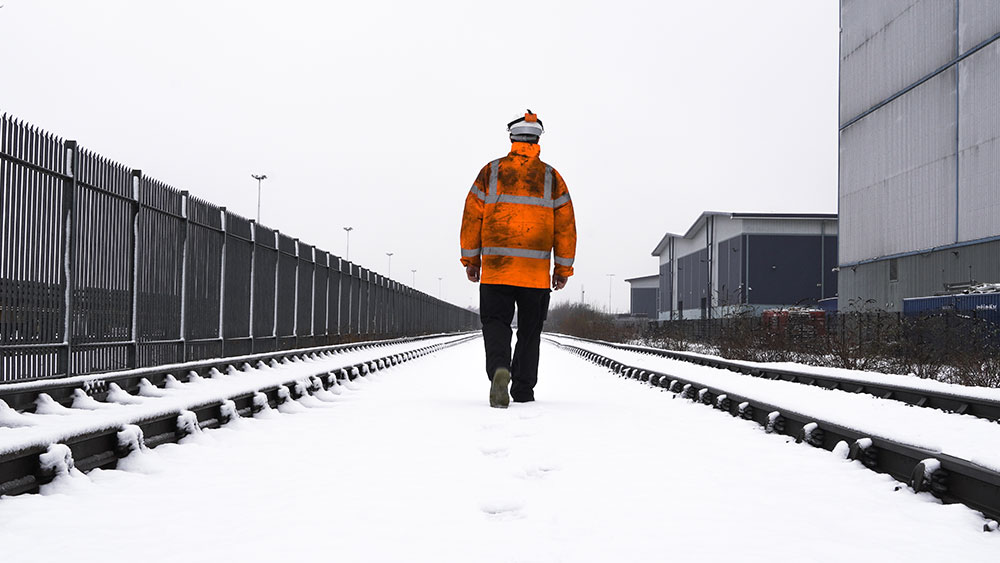3 Ergonomic Injuries to Which Your Workers Are More Susceptible in the Winter

When temperatures plummet and wind speeds increase, employees who work outside can be at a higher risk of developing ergonomic injuries. These types of injuries can be caused by repetitive strain, awkward posture, prolonged exposure to abnormal temperatures, and exposure to excessive pressure and vibration. Those who work outside during the winter, including first responders, construction workers and snow cleanup crews, can be at a higher risk of developing ergonomic injuries.
3 ergonomic injuries your workers can get in the winter
Cold weather-related conditions can lead to serious health problems. Icy roads and snowbanks can reduce visibility. Plus, freezing temperatures can irritate the skin and nerves and lead to lasting damage. Workers can be at risk of developing the following ergonomic injuries while working in the cold:
- Back pain — Back pain is a common work-related ergonomic injury. In fact, about 25% of current working adults are experiencing back pain right this second. Employees can develop back pain at work if they slouch for long periods of time, lift heavy objects while using the wrong technique, or twist and bend repeatedly. Employees can especially develop back pain in the winter, when they may want to bend in awkward angles in order to shield their face and body from snow or windchill. Over time, these motions can place immense strain and pressure on their back and shoulders, leading to pain that lasts long after their shift has ended. Plus, the presence of ice can dramatically increase a worker’s potential of slipping and falling — a major cause of acute back pain. Workers should take their time while walking in cold weather and take smaller steps. They should also keep their spine in a neutral position while walking or carrying objects over uneven surfaces. In addition, proper footwear like ice traction cleats can help workers remain in balanced positions while walking on snow or ice.
- Carpal tunnel syndrome — Carpal tunnel syndrome is a repetitive use injury. When you overuse your wrist or hand, you can irritate your median nerve, leading to pain, tingling sensations and numbness. While carpal tunnel syndrome can occur in a variety of employees, symptoms can worsen in the cold. A study showed that people with a higher sensitivity to the cold experienced intensified carpal tunnel syndrome symptoms like pain and numbness. Employers can prevent their workers from developing carpal tunnel syndrome in the first place by making sure that they can work in positions of neutral wrist, and rest in between repetitive motions — including operating heavy machinery and lifting heavy objects.
- Muscle strain — When you’re cold, your veins constrict and direct most of your blood to your vital organs. This is your body’s natural survival mechanism, but it can deprive your muscles of the blood flow they need to retain flexibility. As a result, your muscles can easily stiffen in cold temperatures. Stiff muscles increase your risk of developing muscle strains and tears. To prevent these injuries, employers can make sure that their workers boost their circulation by properly warming up before long-term cold exposure. They should also make sure that their employees are wearing heat-trapping gear that can keep their blood flowing as much as possible while they work outside.
Work-Fit can help your workers avoid ergonomic injuries
The winter weather can create dangerous environments for your workers. Our team at Work-Fit can help you prevent workplace injuries and protect your employees’ health. Contact our team today for more information about our services and learn how we can help keep your employees safe.



